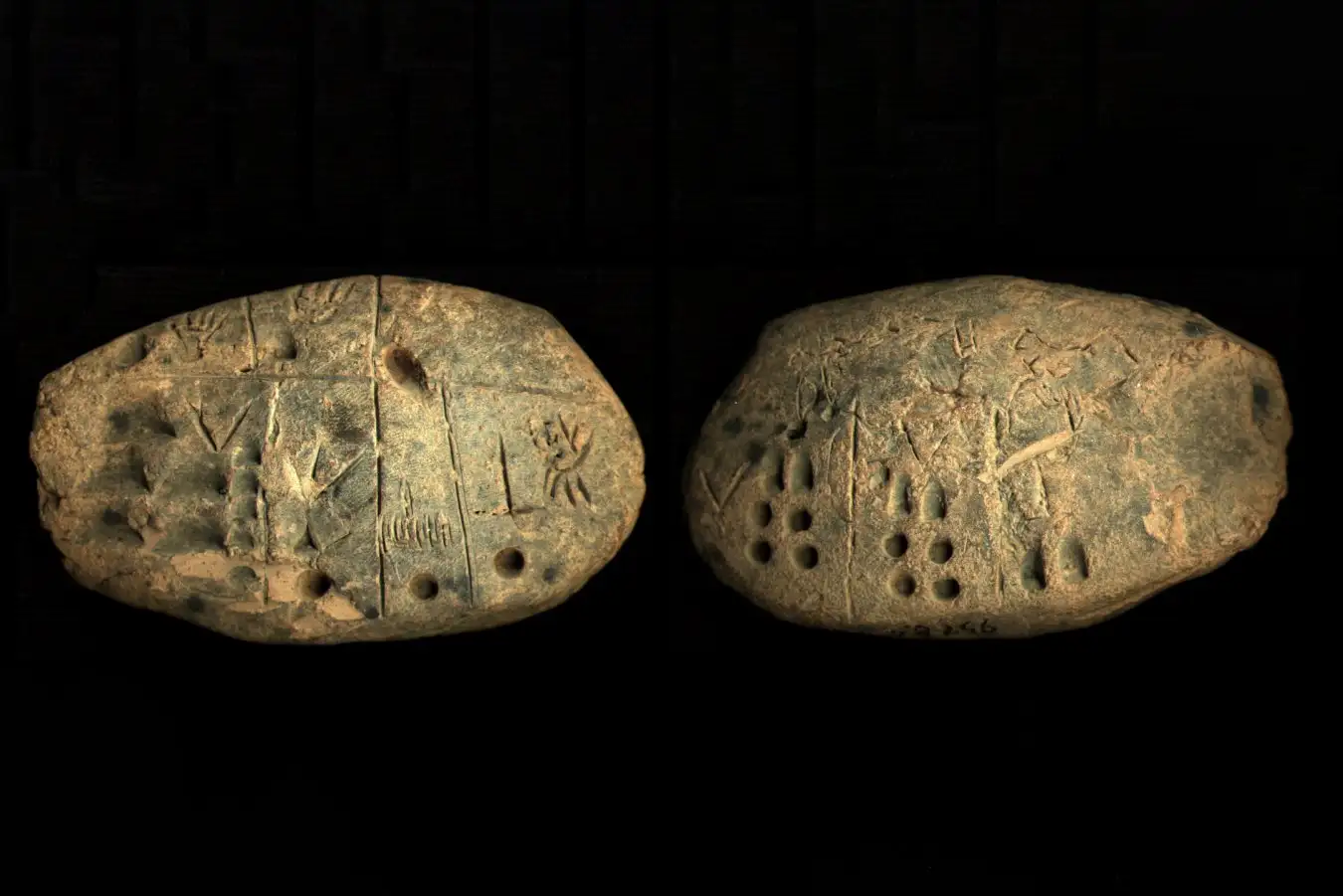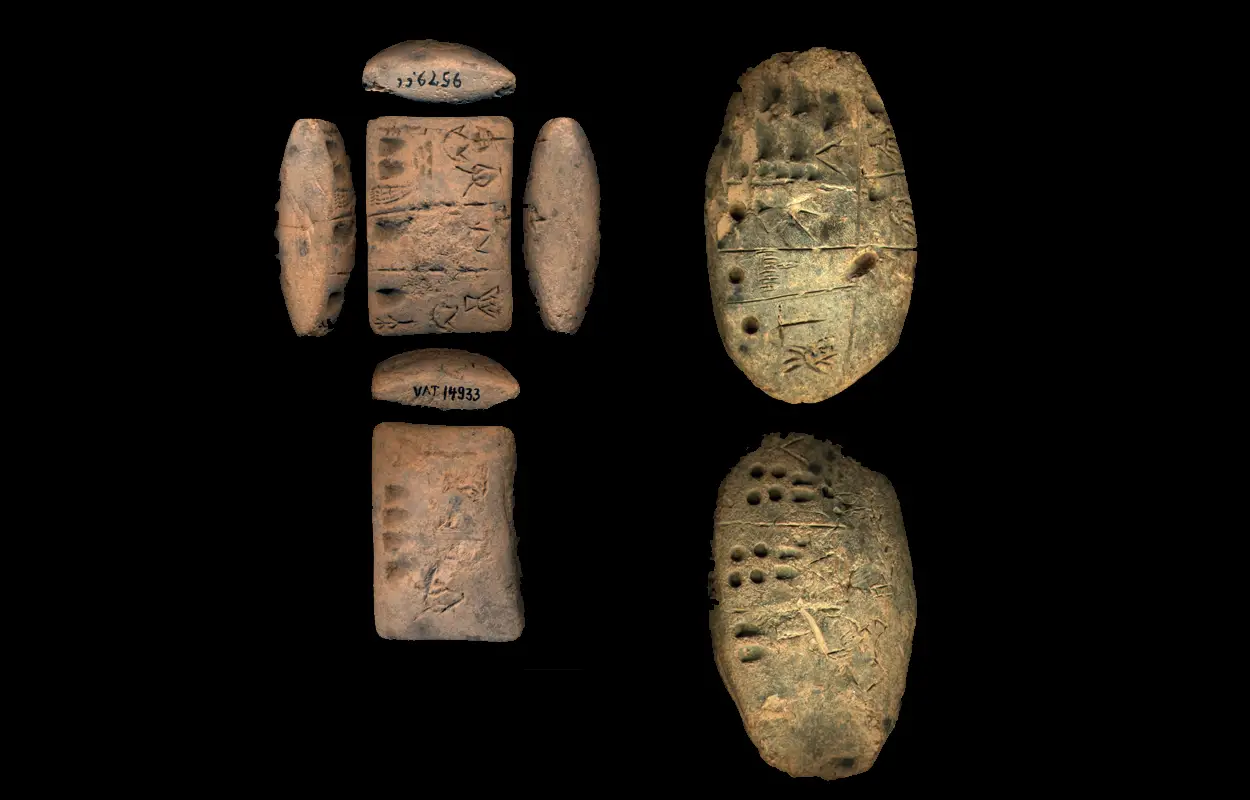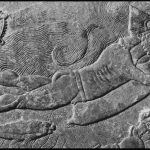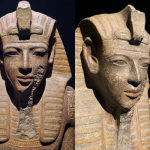Mesopotamian Seals and the Origins of Proto-Cuneiform

According to a statement from the University of Bologna, a team of researchers led by classicist Silvia Ferrara has identified designs on Mesopotamian cylinder seals as precursors to certain signs in proto-cuneiform, one of the earliest pictographic writing systems.

Around 6,000 years ago, engraved cylinder seals were used to record the production, storage, and transport of textiles, crops, and other goods.

When rolled over clay tablets, these seals left impressions of their intricate designs. By about 3000 B.C., Sumerian scribes in the city of Uruk (in present-day southern Iraq) had developed proto-cuneiform.

Ferrara and her colleagues found that several motifs on the seals, especially those relating to pottery and textile transport, gradually evolved into proto-cuneiform signs with the same meanings.











